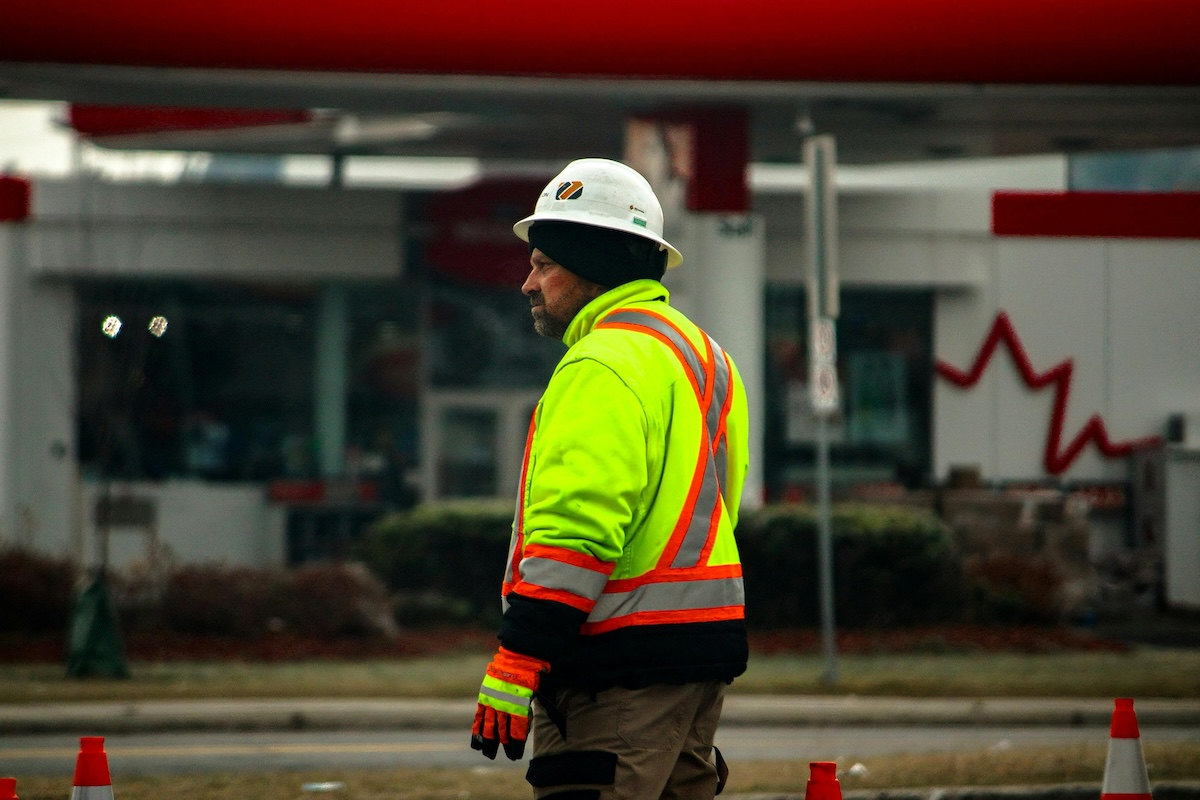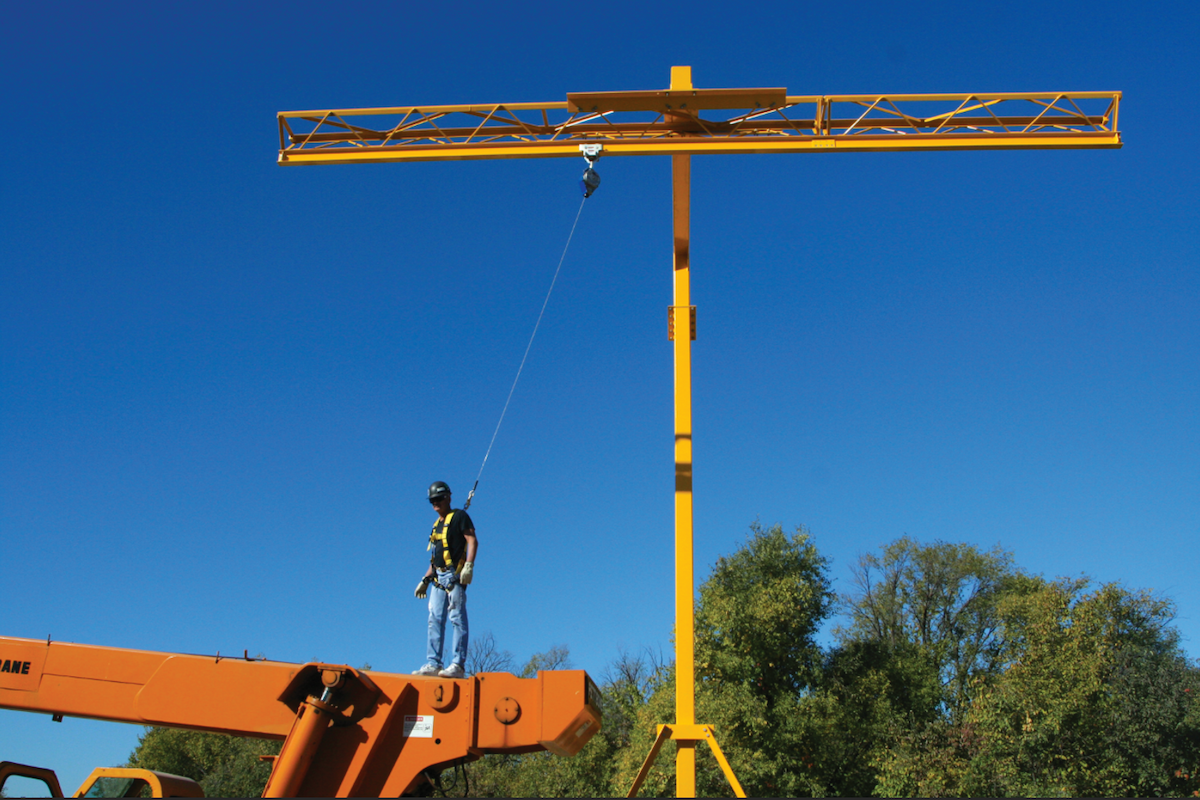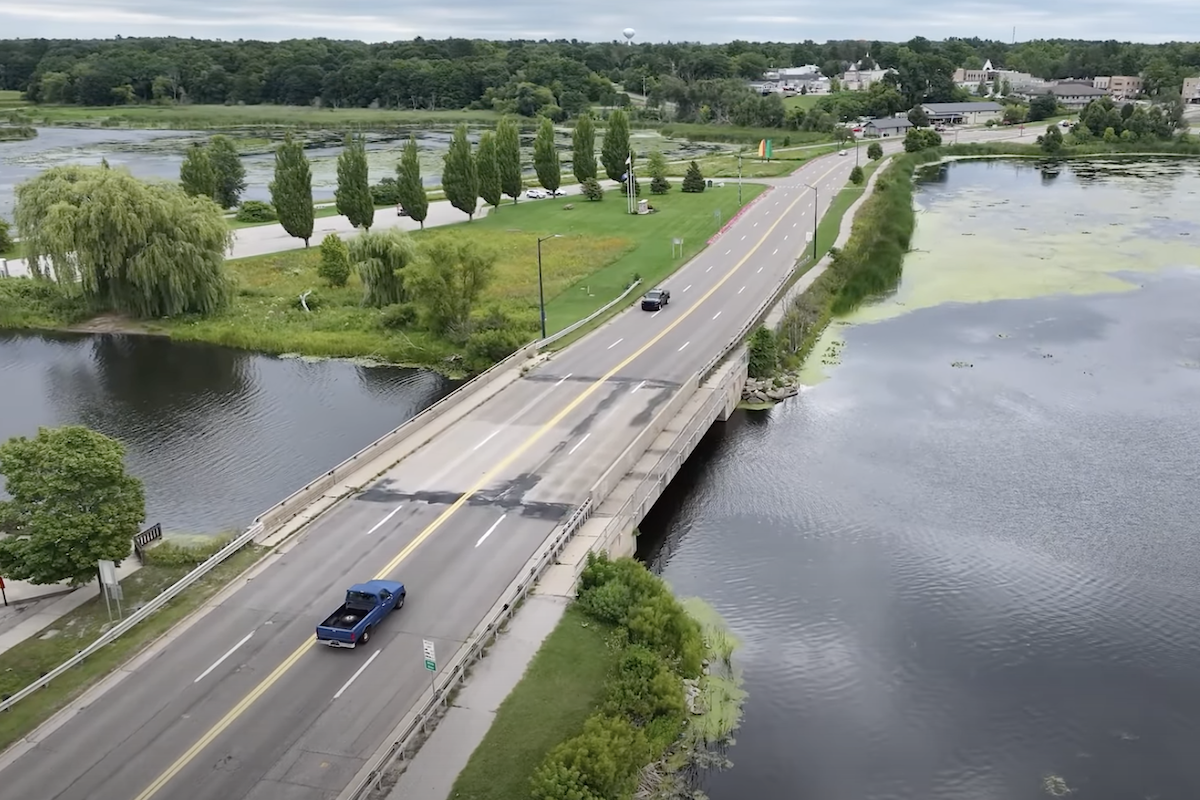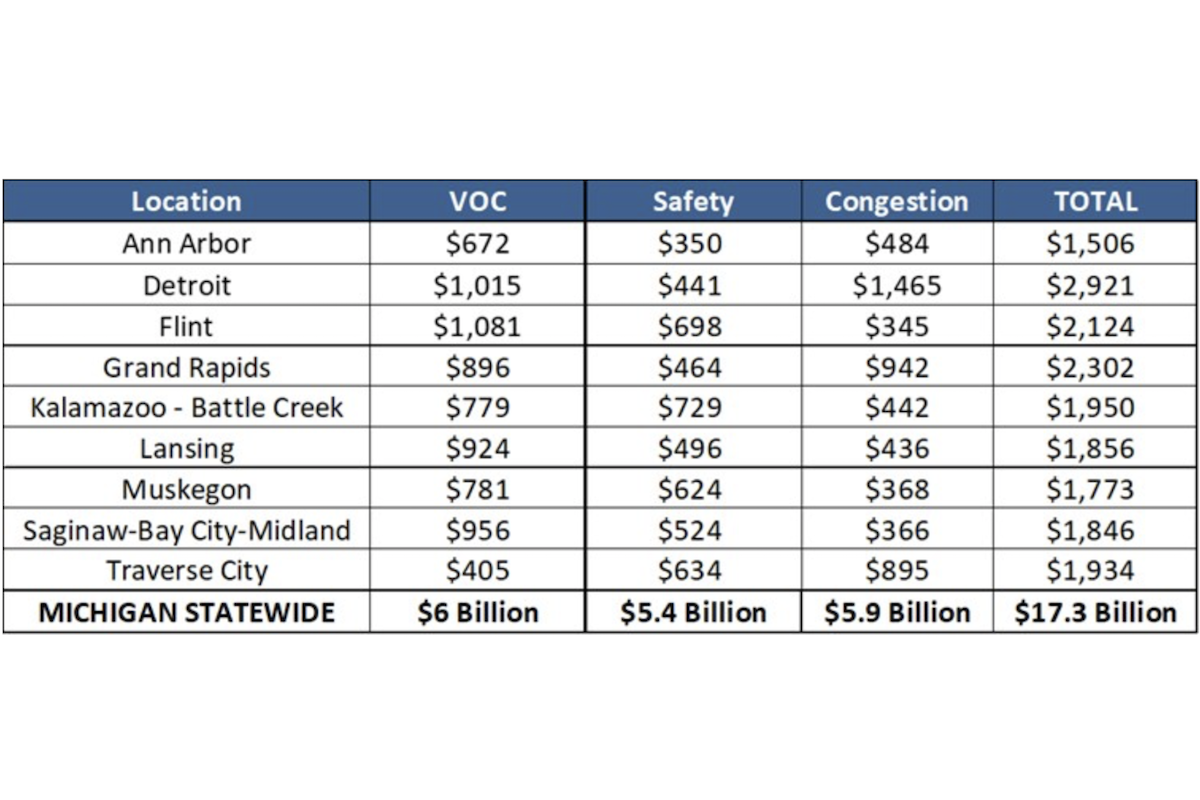To better understand the risks and benefits, let’s take a look at how check-in processes are changing on jobsites. At the beginning of the pandemic, it quickly became apparent that face-to-face health screenings and paper record keeping was not the most efficient process. Besides being time consuming and increasing the potential for transmission of COVID-19, it created a significant amount of paperwork that needed to be managed, organized and physically stored. The paperwork was filed in a cabinet or entered into an online database. In either scenario, it was rife with problems including illegible handwriting, erroneous data entry, and an inability to determine where exactly a worker or visitor was located for efficient and reliable contact tracing. In some states, GCs were required to provide notification of exposure to COVID-19 to government authorities within 48 hours. If a GC only had paper records, it made contact tracing impractical and increased the risk of a jobsite shut-down due to an outbreak.
As digital check-ins became part of the daily routine during the pandemic for GCs, many are realizing the long-term benefits of the digital check-in. A digital check-in process reduces the following risks:
- Not knowing the subcontractor or material supplier’s employees on the project, the area they’re working in, and where they are at any given moment.
- The time workers, subcontractors, and visitors arrive and leave.
- An inability for a worker to verify they have reviewed safety and compliance requirements.
Without this information, a GC increases the risk of insurance claims, lawsuits and fines. For example, an accident on a job site requires detailed information such as the time and date of the accident/event; name and job title of the person reporting the accident; name of person to contact at accident/event site; name and address of injured employee(s); nature of injuries; location where injured employee(s) was/were taken for medical treatment; list and identity of other law enforcement agencies present at the accident/event site; description of accident/event and whether the accident scene or instrumentality has been altered.
The information gained from digital check-in apps is critical in providing accurate information to OSHA investigators and insurance companies. It also provides necessary information to company management to prevent future similar accidents.
For a majority of GCs, irregularities in billing-to-hours worked by subcontractors can expose the employer to prevailing wage fines. Thus, it’s important to reconcile payments and contracts based on the number of workers onsite, amount of hours worked, and amount of work completed. Check-in data proving job site attendance by the worker – whether employee or subcontractor – can mitigate the risk of unpaid wage claims.
Also, consider a GC that mandates a worker watch a safety video before they start their shift. Through a digital check in, the video can be presented and the GC can see if it was viewed. They could also add follow up questions to confirm the worker understood the video. Otherwise, the worker would not be allowed to enter the job site.
Another driving factor in digital check-ins is the return to the office. As employees and vendors acclimate to the new normal at work, the need for digital check-ins is heightened. It reinforces security, helps manage capacity, and provides a way to easily do contact tracing for any virus.
Since many project managers are usually assigned multiple projects, being able to look at their phone and see who checked-in and at what time can be more efficient than driving from site to site to check on attendance and project status.

| Your local Deere & Co dealer |
|---|
| AIS Construction Equipment |
Finally, being able to identify manpower issues earlier provides an opportunity to intervene before there are delays to the project. Looking at weekly, monthly or project productivity reports by employee or subcontractor offers insight that can be applied to future hiring, raises, and bids.
As the number of OSHA inspectors is expected to double and GCs see the benefits of streamlining the check-in process, digital solutions introduced during the pandemic are going to last. In a recent survey by the National Association of Women in Construction (NAWIC) and Safe Site Check In, the top COVID-19 protocols that will continue after the pandemic are digital check-in and contact tracing.
GC’s have a fundamental need to know the who, what, where, and when of job attendees. To mitigate risks and maximize profitability, GCs need to take a close look at how they manage their entry and exit protocols for workers, subcontractors, and visitors.

































































